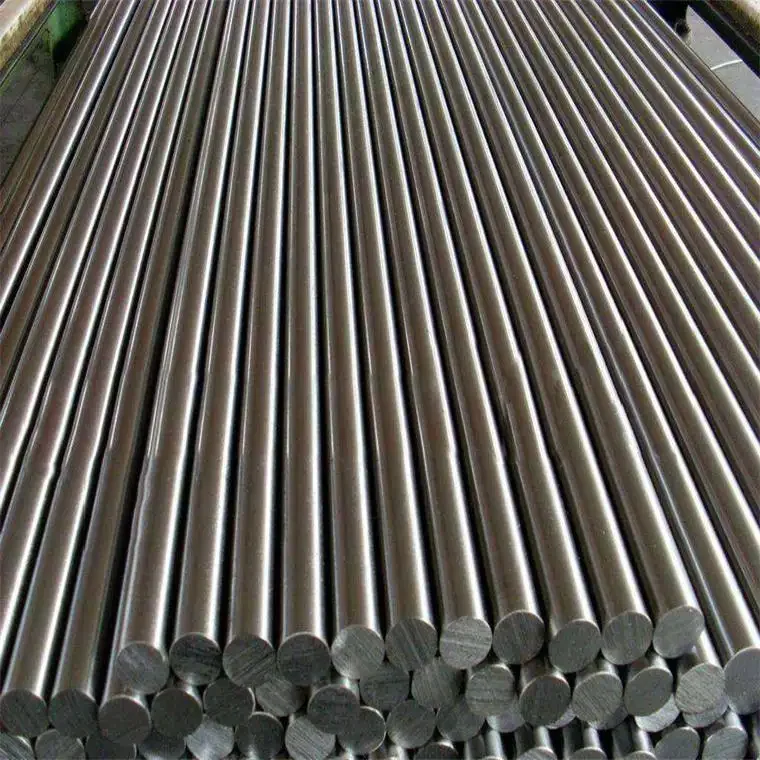Understanding Metallic Coatings
Historical Background of Metallic Coatings
Metallic coatings have been employed for hundreds of years to safeguard and improve the toughness of steel. This tradition began in ancient times. Back then, metals were applied over iron to stop rust from forming. Over the centuries, these methods have advanced. Today, galvanization and aluminization stand out as common techniques in modern industries. These approaches have greatly boosted the lifespan and effectiveness of steel items. As a result, they’ve become essential in fields like construction, automotive, and many others.
Purpose and Application of Metallic Coatings on Steel
The main goal of metallic coatings is to create a shield. This layer defends steel against elements like water, chemicals, and physical damage. Such safeguarding is vital. It helps prolong the life of steel products. It also cuts down on upkeep expenses and ensures strength in structures. Uses vary widely. They range from everyday home appliances to massive building projects. In these cases, durability and resistance to rust are critical.
Characteristics of Galvanized Coatings
Composition and Process of Galvanization
Galvanization means covering steel with zinc to block corrosion. The steps usually start with cleaning the steel surface. Next, the steel is dipped into melted zinc. After that, it cools down. This forms a strong barrier. The barrier keeps harmful substances away from the steel beneath. Galvanized coatings are mostly made of zinc. This zinc offers a special kind of protection. It rusts before the steel does, sacrificing itself to save the base material.
Performance in Various Environments
Galvanized steel works very well in different settings thanks to its zinc layer. It shines in rural and city areas. There, pollution levels are usually moderate. However, its success can differ in tough conditions. Think of places like coastal zones or industrial sites. In those areas, chemicals or salt might be heavy. The zinc layer’s thickness matters a lot there. So do the specific surroundings.
Factors Affecting Durability of Galvanized Steel
Several things impact how long galvanized steel lasts. One is the zinc coating’s thickness. Another is the environment it faces. Mechanical wear plays a role too. Thicker layers tend to last longer. But they can get damaged if not handled right. Also, harsh chemicals or saltwater can speed up rusting. Proper care is key to avoid that.
Characteristics of Aluminum Coatings
Composition and Process of Aluminization
Aluminization involves putting aluminum onto steel surfaces. This can happen through hot-dipping or spraying. Aluminum coatings protect differently than zinc does. When exposed to air, they form an aluminum oxide layer. This layer acts as a shield. It stops further rusting and wear.
Benefits of Aluminum Oxide Film Formation
The aluminum oxide film is a huge plus. It resists corrosion strongly. Plus, it has a self-repairing feature. Small scratches can close up naturally when oxygen is around. This makes aluminum-coated items great for wet or chemically harsh places.
Resistance to Corrosion and Erosion
Aluminum coatings are famous for fighting off rust and wear. Unlike galvanized coatings, they don’t rely on sacrificing themselves. Instead, their strength comes from natural stability. The passive oxide layer helps a lot. This makes aluminized products perfect for tough spots. Think of coastal areas or polluted industrial zones.
Qingdao Sunrise New Materials Co., Ltd. provides tailored supply options for these materials worldwide.
Comparative Analysis: Galvanized vs. Aluminum
Corrosion Resistance in Different Conditions
How well galvanized and aluminum coatings resist rust depends on the setting. Galvanized steel, with its zinc layer, does great in rural and urban places. Pollution there is usually mild. But in rough spots like marine or industrial zones, it might need extra care. Chemical exposure can be high in those areas. Aluminum coatings, though, excel at resisting both rust and wear. They don’t depend on sacrificing material. Their stable oxide layer shines in harsh places like coasts or polluted sites.
Environmental Impact on Longevity
The lifespan of these coatings hinges on their surroundings. For galvanized steel, zinc thickness is a big factor. So is exposure to tough stuff like chemicals or saltwater. Without good upkeep, rust can speed up. Aluminum, however, forms a self-fixing oxide film. This makes it strong against moisture-related rust. It works well in humid or chemical-heavy areas.
Maintenance and Repair Considerations
The upkeep needs for these coatings differ. That’s because their protection styles aren’t the same. Galvanized coatings might need regular checks. This ensures the zinc stays intact. It’s especially true in harsh conditions where the layer could wear out. Aluminum-coated items have an edge. Their oxide film fixes itself. Small scratches heal over time with oxygen. This cuts down on repair costs and effort.
Service Life Expectancy
Studies on Aluminized Steel Longevity
Research shows aluminized steel often lasts longer than galvanized steel in some settings. Its stable oxide film is the reason. This film keeps protecting even after small damages. It’s a big help in humid or chemical-rich places where galvanization might fall short.
Real-World Examples of Material Durability
Both materials prove their worth in real life. Galvanized steel is a go-to in construction. It offers decent rust protection at a good price. Meanwhile, aluminum-coated products are top picks in tougher fields. Marine engineering and chemical plants favor them. That’s due to their strong resistance to harsh elements.
Choosing Between Galvanized and Aluminum for Your Needs
Considerations for Construction Projects
Picking between galvanized and aluminum for building projects takes thought. Here are some points to weigh:
- Surroundings: Look at how much rust-causing stuff—like water, chemicals, or salt—is around.
- Structure Needs: See if aluminum’s lighter weight beats cost concerns.
- Upkeep Ability: Check if you can handle regular checks and fixes if needed.
Cost Implications and Long-Term Benefits
Costs at the start differ between these materials. But long-term gains matter too:
- Galvanized steel often costs less upfront. Yet, it might need more spending later. Harsh conditions can wear it down.
- Aluminum might cost more at first. But its self-healing nature cuts upkeep costs. It also resists tough environments better.
In the end, your choice depends on your project’s needs and setting. For details on customization from Qingdao Sunrise New Materials Co., Ltd., reach out today!
Frequently Asked Questions
What sets galvanized and aluminum coatings apart?
Galvanized coatings use zinc to sacrifice itself for protection. Aluminum forms a steady oxide layer to block rust passively.
Which coating lasts longer: galvanized or aluminum?
It depends on the environment. Aluminum often beats galvanized in highly rust-prone spots thanks to its oxide film.
Can galvanized coatings work in marine settings?
Yes, they can. But they might need extra care or thicker layers compared to milder areas.
Why pick aluminum for humid zones?
Its self-repairing oxide film fights moisture-related rust well.
For more on customization from Qingdao Sunrise New Materials Co., Ltd., contact us today!








